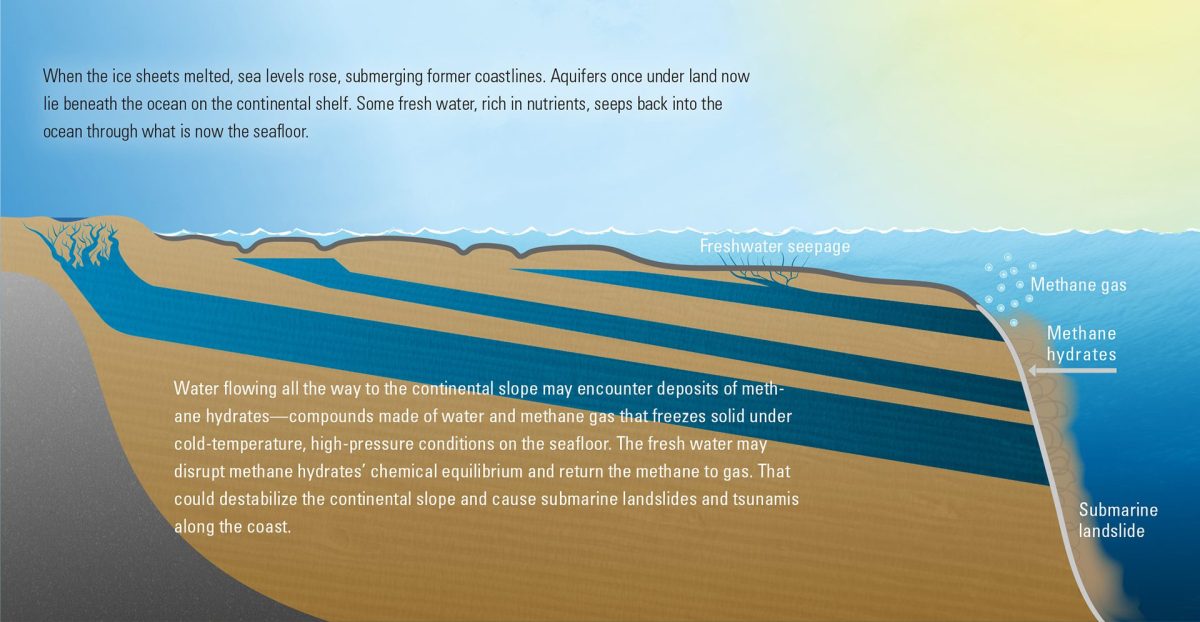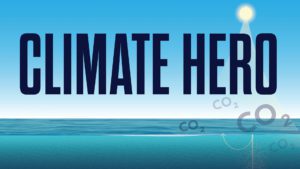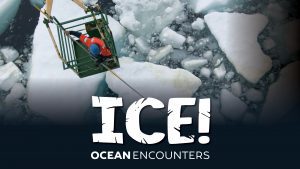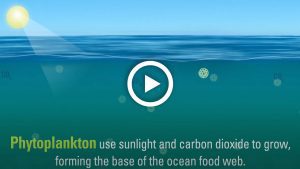When the ice sheets melted, sea levels rose, submerging former coastlines. Aquifers once under land now lie beneath the ocean on the continental shelf. Some fresh water, rich in nutrients, seeps back into the ocean through what is now the seafloor.
Water flowing all the way to the continental slope may encounter deposits of methane hydrates—compound made of water and methane gas that freezes solid under cold-temperature, high pressure conditions on the seafloor. The fresh water may disrupt methane hydrates’ chemical equilibrium and return the methane to gas. That could destabilize the continental slope and cause submarine landslides and tsunamis along the coast. (Illustration by Eric S. Taylor, © Woods Hole Oceanographic Institution)
Image and Visual Licensing
WHOI copyright digital assets (stills and video) on this website can be licensed for non-commercial use upon request and approval. Please submit your request via our Media Request Form.
For assistance or accessibility accommodations, call (508) 289-2647.








